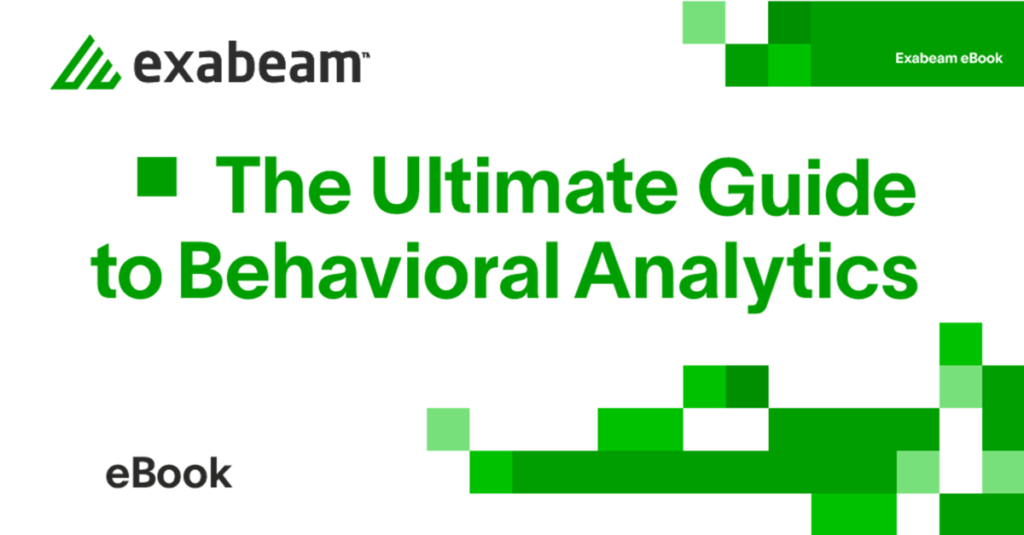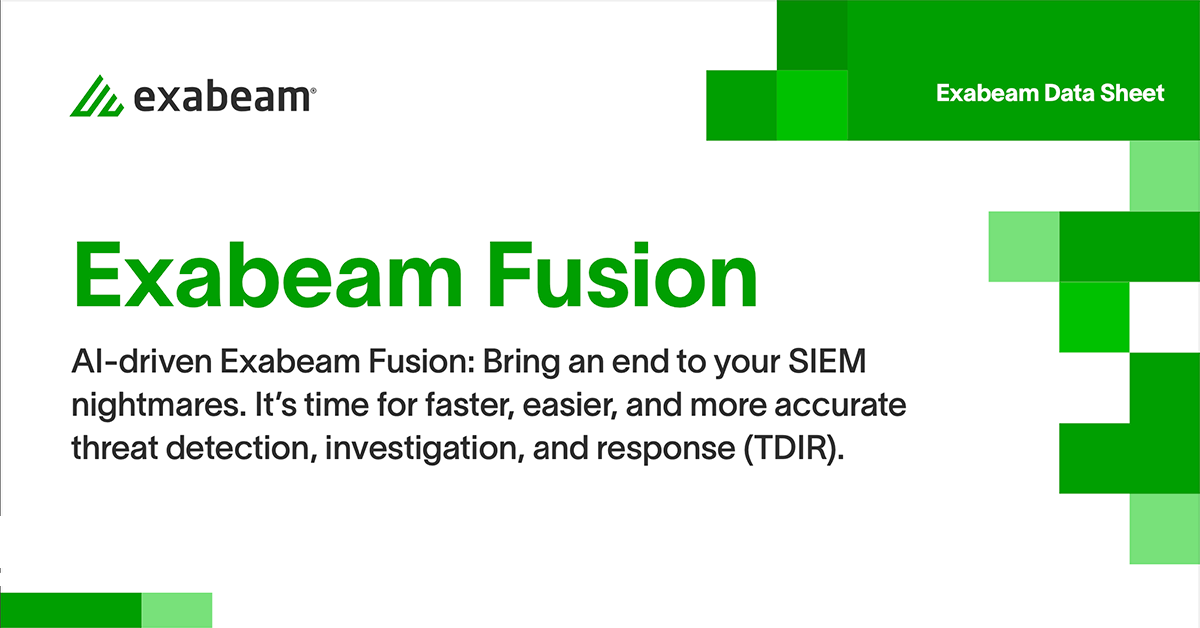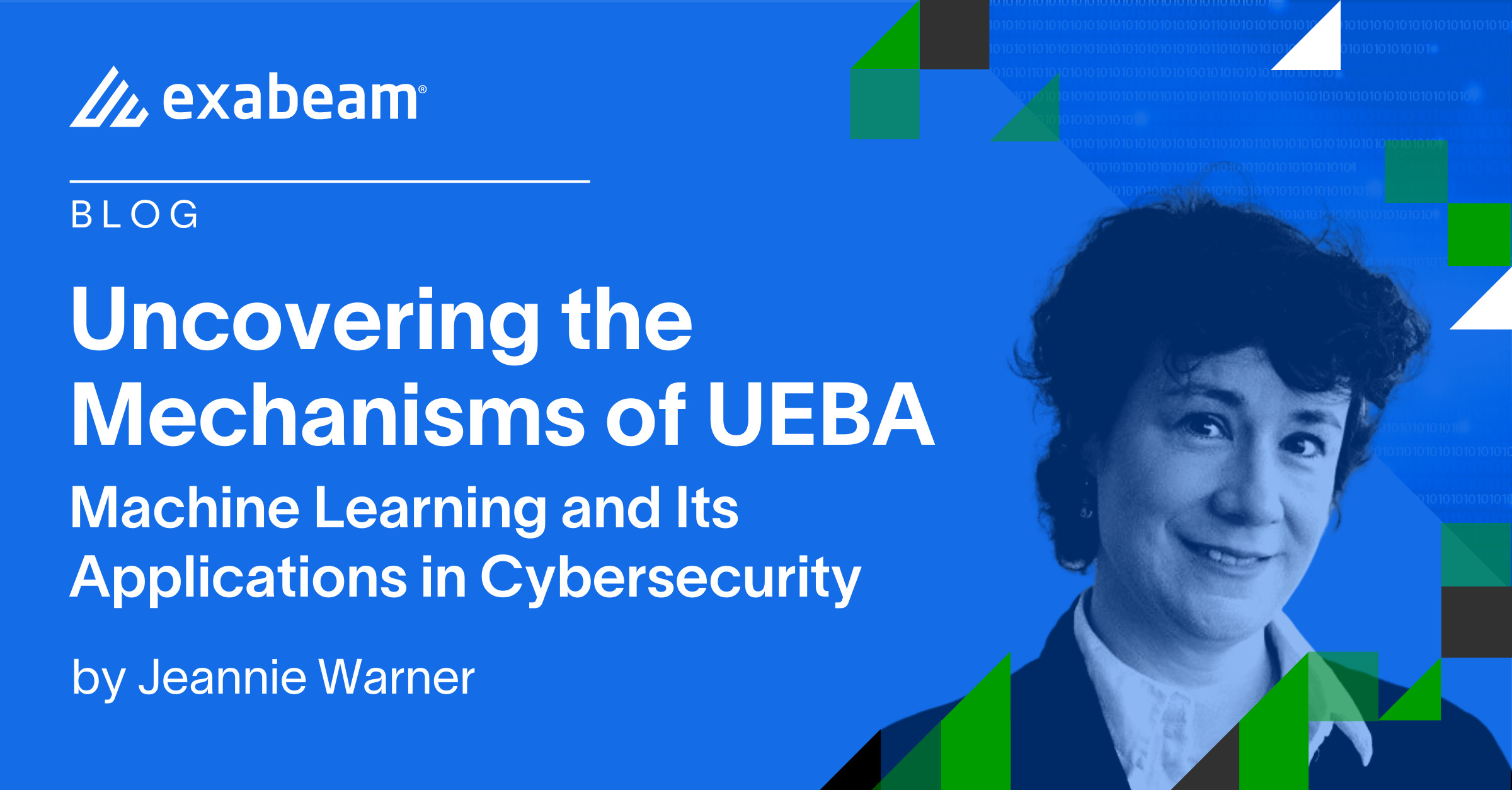In the previous post, we discussed the basics of user and entity behavior analytics (UEBA) and its importance in the cybersecurity landscape. In this second part of our series, we will explore how UEBA differs from other security tools and the various ways it is utilized to enhance an organization’s security posture.
In this article:
- UEBA: A unique approach to security
- Advanced analytics techniques
- Integrating multiple data sources
- Learning normal to identify abnormal
- Advantages of UEBA
- Types of behavioral analytics
- Conclusion
UEBA: A unique approach to security
UEBA is a category of cybersecurity tools that focus on detecting network intrusions. Unlike traditional security tools that rely on known attack patterns and signatures, UEBA employs advanced analytics to identify anomalous behavior that may indicate a threat. This allows for the detection of previously unknown attacks and enables organizations to respond more effectively.
Advanced analytics techniques
UEBA uses various modern technologies to identify abnormal behavior, even without known patterns. These include:
- Supervised machine learning
- Bayesian networks
- Unsupervised learning
- Reinforced/semi-supervised machine learning
- Deep learning
These heuristic techniques compute a risk score for each entity or credential on the network based on the probability that an event represents an anomaly or security incident. When the risk score exceeds a certain threshold, the system generates a security alert.
Integrating multiple data sources
One of the key strengths of UEBA is its ability to analyze data from numerous sources across organizational boundaries, IT systems, and data sources. A comprehensive UEBA solution should analyze as many data sources as possible, including but not limited to authentication systems, physical or logical access systems, configuration management databases, human resources data, firewall, intrusion detection and prevention systems, anti-malware and antivirus systems, endpoint detection and response systems, network traffic analytics, and threat intelligence feeds.
Learning normal to identify abnormal
UEBA solutions learn what constitutes normal behavior for users and entities to detect deviations from the baseline. This is achieved by examining a wide range of data points that define each user’s or entity’s normal behavior. When the system detects deviation from the baseline, it adds to the risk score of that user or machine. As more unusual behavior accumulates, the risk score increases until it reaches a threshold, prompting escalation to an analyst for investigation.
Advantages of UEBA
UEBA offers several advantages over traditional security tools:
- Aggregation of numerous events, reducing manual review
- Reduced irrelevant alerts
- More context for events and alerts
- Timeline analysis and session stitching to speed investigation
Types of behavioral analytics
UEBA combines security expertise with machine learning to analyze and model activities driven by humans and entities on the system. Four principal ways behavioral analytics are used include:
- Network threat identification
- Automated application security
- Email monitoring
- Next-generation antivirus detection
Conclusion
UEBA is a critical component for enhancing your cybersecurity defenses. By understanding the key features and capabilities of various UEBA offerings, you can make a well-informed decision that best meets your organization’s needs. In the next and final part of our series, we will explore the myriad benefits of employing behavioral analytics solutions, further highlighting the value UEBA platforms bring to an organization’s security strategy.
To learn more, read The Ultimate Guide to Behavioral Analytics
This comprehensive guide was created to help organizations evaluating UEBA solutions better understand it and how it can be adopted to improve your overall security posture with faster, easier, and more accurate threat detection, investigation, and response (TDIR).
Read the eBook for a deep dive on:
- What UEBA is and why it is needed
- How UEBA is different from other security tools
- The different types of UEBA solutions
- Factors to consider when evaluating UEBA solutions
- Threat-centric use cases

Similar Posts
Recent Posts
Stay Informed
Subscribe today and we'll send our latest blog posts right to your inbox, so you can stay ahead of the cybercriminals and defend your organization.
See a world-class SIEM solution in action
Most reported breaches involved lost or stolen credentials. How can you keep pace?
Exabeam delivers SOC teams industry-leading analytics, patented anomaly detection, and Smart Timelines to help teams pinpoint the actions that lead to exploits.
Whether you need a SIEM replacement, a legacy SIEM modernization with XDR, Exabeam offers advanced, modular, and cloud-delivered TDIR.
Get a demo today!













